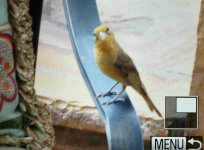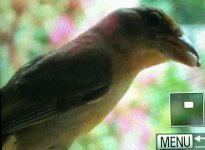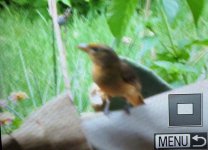doctorxring
Member
This bird was sighted by a friend of mine in September in San Antonio, Texas.
In the second pic he is eating a larvae from a yellow jacket nest.
Please excuse the pic quality as these were crops.
Can someone ID this for me. THANKS !
Chris
(please click thumbnails)
In the second pic he is eating a larvae from a yellow jacket nest.
Please excuse the pic quality as these were crops.
Can someone ID this for me. THANKS !
Chris
(please click thumbnails)
Attachments
Last edited:









